|
White paint is the most important color that you find on any artist's palette. White paint is necessary to tint other colors into more realistic hues. To mix the vast variety of colors that we perceive requires white paint. But are you aware of what your white paint is made of? Research has revealed that modern white paints can lead to a paintings failure in as little as three years. In this article we are going to look at the problem with white paint. Also what artists should be doing to avoid having their paintings deteriorate.
Every Artist's Workhorse Color
Colors straight out of the tube are fully saturated. That cadmium red is as red as it can be. To desaturate the color you will add other colors to it. Green, for instance will reduce red's intensity. The most common color to add will be white paint. White desaturates color by tinting it lighter in value. White also tends to cool down color temperature. That hot red becomes a cool pink, for example, with the addition of white paint. Add too much white paint and you get a cold and chalky looking painting. White paint will also make transparent colors more opaque. This can be good and bad depending on what you are painting. Clearly white paint makes a big impact and artists need to know more about how to use white paint. But why is it critical to know what ingredients go into that tube of white paint? White Paint Used by the Old Masters: Old Master paintings tend to have pigments made from natural earth ingredients. Burnt Sienna, for instance, is made from natural earth pigments from the Sienna region in Italy. It is essentially raw sienna that is heated to create the redder hue. When you see white paint on old Master paintings you are looking at the use of lead white made from lead carbonate. This is also referred to as a flake white or genuine flake white paint. Sometimes you will come across the term stack white. This describes a method used to make lead white paint. Also called the "Dutch Process". Stack White Paint This process involved placing strips of lead into earthenware pots. Acetic acid in the bottom of the pots then corroded the lead in the presence of carbon dioxide. The pots were stacked up one on top of the other. The pots were covered with tanner's bark which supplied the carbon dioxide. After six to fourteen weeks the lead in the pots has corroded and is no longer blue-grey in appearance, but covered in layers of a white substance. Lead carbonate. The white corrosion was then scraped off and pounded to create the pigment for lead white paint. Add the white pigment to a carrier such as linseed oil and they had the basic white paint ready to use. Johannes Vermeer, for instance, used lead white paint in this painting below. The Downside of Lead White Paint Although lead white is excellent for painting it does have a few downsides. Not least of which it can kill you. Lead white paint is highly toxic. The ingestion of lead either through the mouth or through the skin or by breathing in particles. This will cause various severe medical conditions and eventually death. For this reason the use of lead white is unlawful in many parts of the world. You can still buy lead white paint for artists in certain parts of the world. Take note of the warnings against the hazardous nature of the paint. Zinc White Challenges for Dominance Zinc oxide is a by product of copper smelting. It was used by the Romans for making bronze. In the late eighteenth century French chemists suggested zinc oxide as a substitute for lead carbonate. Lead white's dominance among artists began to fall. In the mid nineteenth century zinc white increased in popularity. Why? Because zinc white is a bright white and bright colors became more popular. Think of the impressionists and you get the idea. Zinc white is also more transparent so colors remained more vibrant. Of course the toxicity of lead may have been a factor. But this issue was not fully understood yet. Zinc oxide is also cheap. Paint manufacturers find this rather appealing too. The Problem with Zinc White Research by scientists at the Smithsonian's Museum Conservation Institute revealed a significant problem with zinc white. A twenty eight year study released in 2007, reveals significant disadvantages to zinc white paint. In research by Charles Tumosa and Marion Mecklenburg is was discovered that zinc oxide causes oil paint to become extremely brittle in as little as 3 years after usage. Delamination of layers of oil paint containing zinc white was also revealed to be a significant issue. In this instance layers of paint will peel away from lower layers. The result is failure of the painting surface and the destruction of the painting. Zinc oxide tends to form zinc "soaps" by reacting with other elements. The result is cracking and peeling. Also unhappy artists and collectors. As you can imagine the traditional means of storing an oil a canvas for transport would be to roll up the canvas and place it in a tube. But with severe brittleness this process of transporting a canvas could result in a painting's destruction. Studies also revealed that zinc reacts with fatty acids in other paint colors. This may result in issues such as effluorescence. Whitish powdery deposits would become evident on parts of paintings. Not a happy result at all. How to Identify Zinc Oxide? If you have a tube of Titanium white take look at the ingredients printed on the tube. In many instances zinc oxide is only identified as PW 4. You will find that almost all student quality Titanium white contains zinc oxide. Even many top artist's quality brands have zinc as an ingredient. You can buy zinc white paint at your local art shop. Although, after considering the research on zinc white, you may question the wisdom of this. The Rise of Titanium White Titanium dioxide (PW6) became popular leading up to the 1950's. Titanium white has the advantage of being extremely opaque, bright and non-toxic. But there were problems with pure Titanium white. The workability of the paint was not as ideal as manufacturers desired. Also the extreme opaque nature is not what many artist wanted. Artists that were familiar with lead white or zinc white for instance. Not So Perfect Titanium White These artists wanted a degree of transparency in the white paint to ensure brilliant mixed colors. Another problem revealed with Titanium white is that it tended to yellow over time. But the issue of yellowing is not a significant one as it is reversed by placing the painting in a sunny room. Paintings should also dry in a sunny room. This will reduce the potential yellowing cause by linseed oil in Titanium white. In any event by adding zinc white to titanium white the yellowing issue reduced significantly. Especially if safflower oil is used instead of linseed oil. Manufactures believed that the risk of brittleness and delamination would decrease significantly if only a small amount of zinc white was mixed into titanium white. Consequently most titanium white paint contains zinc oxide. Buyer Beware But has the risk in using titanium white paint with zinc oxide been removed? Many experts argue that any zinc oxide mixed into titanium white is a risky proposition. Artist should be aware that zinc oxide in paint can result in cracking of the paint surface and delamination. The long-term risks of using zinc white removes the archival quality of oil paintings. This includes zinc oxide mixed into Titanium white. What are the alternatives? Use a pure titanium white by checking the contents of the tube for the absence of zinc oxide. Or you can try using flake white or lead white or stack white. All these refer to a similar product made from lead carbonate. The disadvantage of course is that lead paint is toxic and you need to take precautions. Avoid ingestion of the lead white. This includes, obviously, not allowing any pain to enter the mouth and wearing gloves to avoid absorption of any paint through the skin. It's also includes avoiding inhaling particles of dry paint, for example, should you sand down the surface of a dry painting. Using lead white to prime a canvas or panel and then smoothing it with sand paper is potentially hazardous too. Wear a suitable mask or avoid this practice. Common Sense Prevails As local artist, Joe Joubert points out, many old masters lived to a ripe old age despite using lead white. Claude Monet for example and many others. An adult, with a bit of common sense, should have no trouble avoiding the potential harmful effects of lead white. Obviously keep it out of reach of children and people who are unaware of the hazardous nature of the paint. South African Made White Paint In South Africa you can purchase artist quality paints from Joe Joebert. This artist has developed his own range of artisan made paints using pure ingredients. Joe Joubert paints include genuine titanium white and genuine flake white (Dutch process). Another option in his range is a flake white alternative. This paint has the feel of flake white without containing lead. Find out more about Joe Joubert in my podcast interview. Also this test of some of his range of earth paints. Joe Joubert is vocal in his support of flake white. Needless to say no zinc oxide is used in any of his white paints. Joe's paints are sold in 100ml tubes and you can order from him direct. Conclusion The research suggests a strong case against using zinc white. Whether pure or mixed with titanium white. Instead look for pure titanium white or use lead white. With the appropriate precautions. Then there is the lead free flake white option from Joe Joubert artist's paints. Looks like a good option. You decide. Want to learn how to mix color well?
I cover the mixing of paint to convey the effect of light in my course How to Add Light to Your Landscape Painting. Find out more about this course and how you can solve the mystery of mixing paint.
|
AuthorMalcolm Dewey: Artist. Country: South Africa Archives
June 2024
Categories
All
FREE
|
|

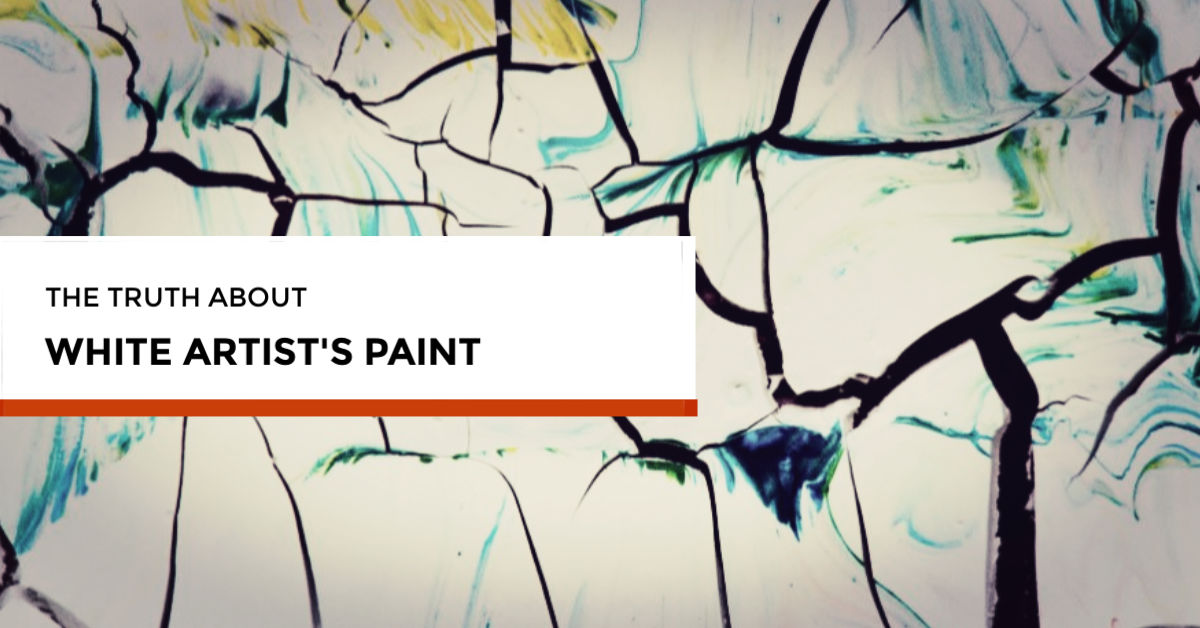
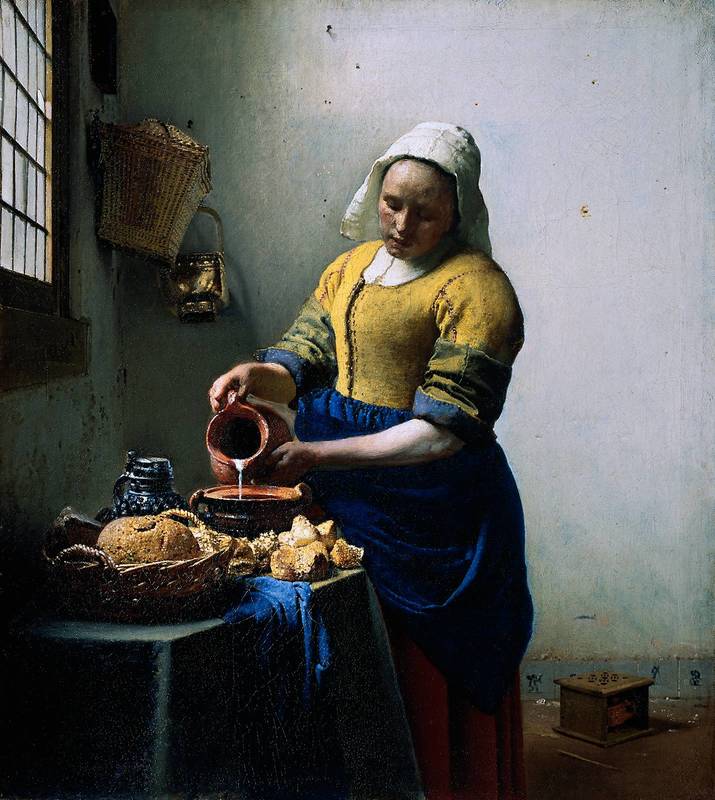
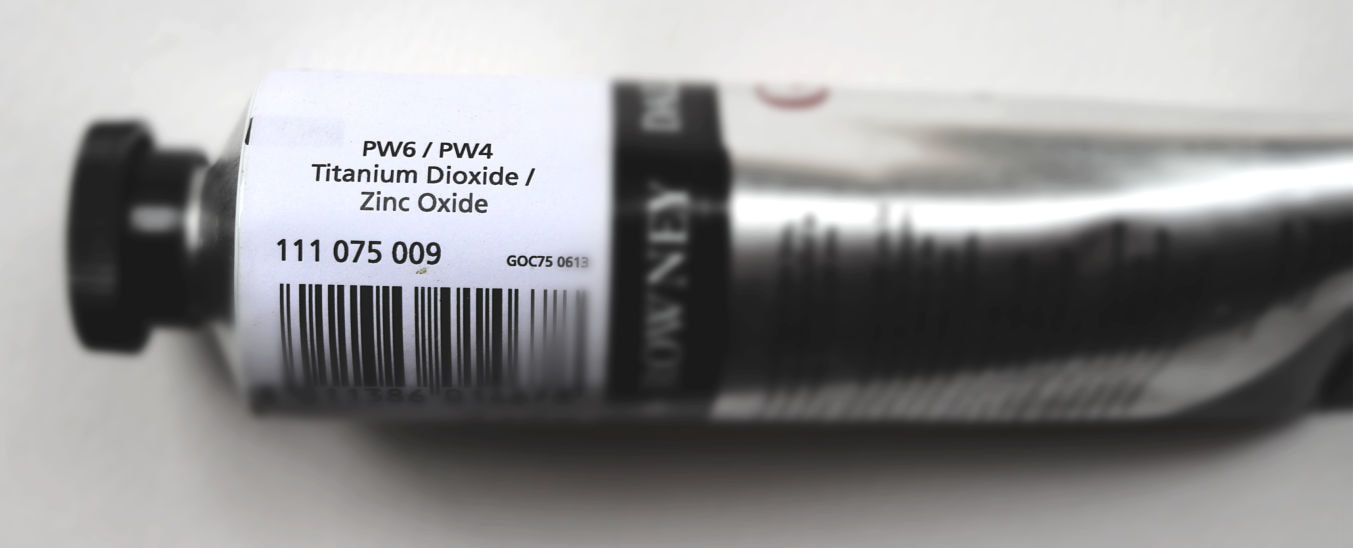
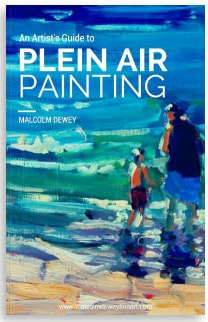
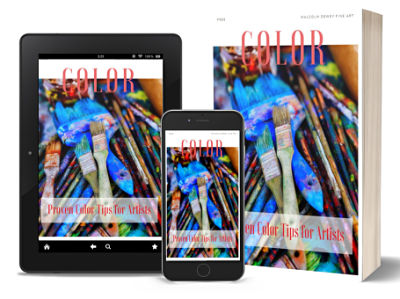

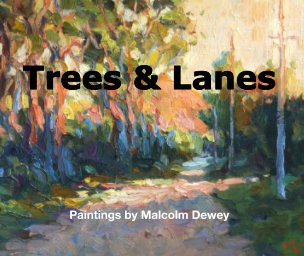



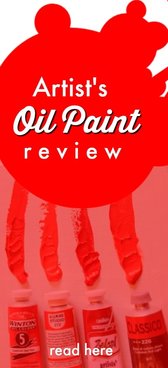

 RSS Feed
RSS Feed






